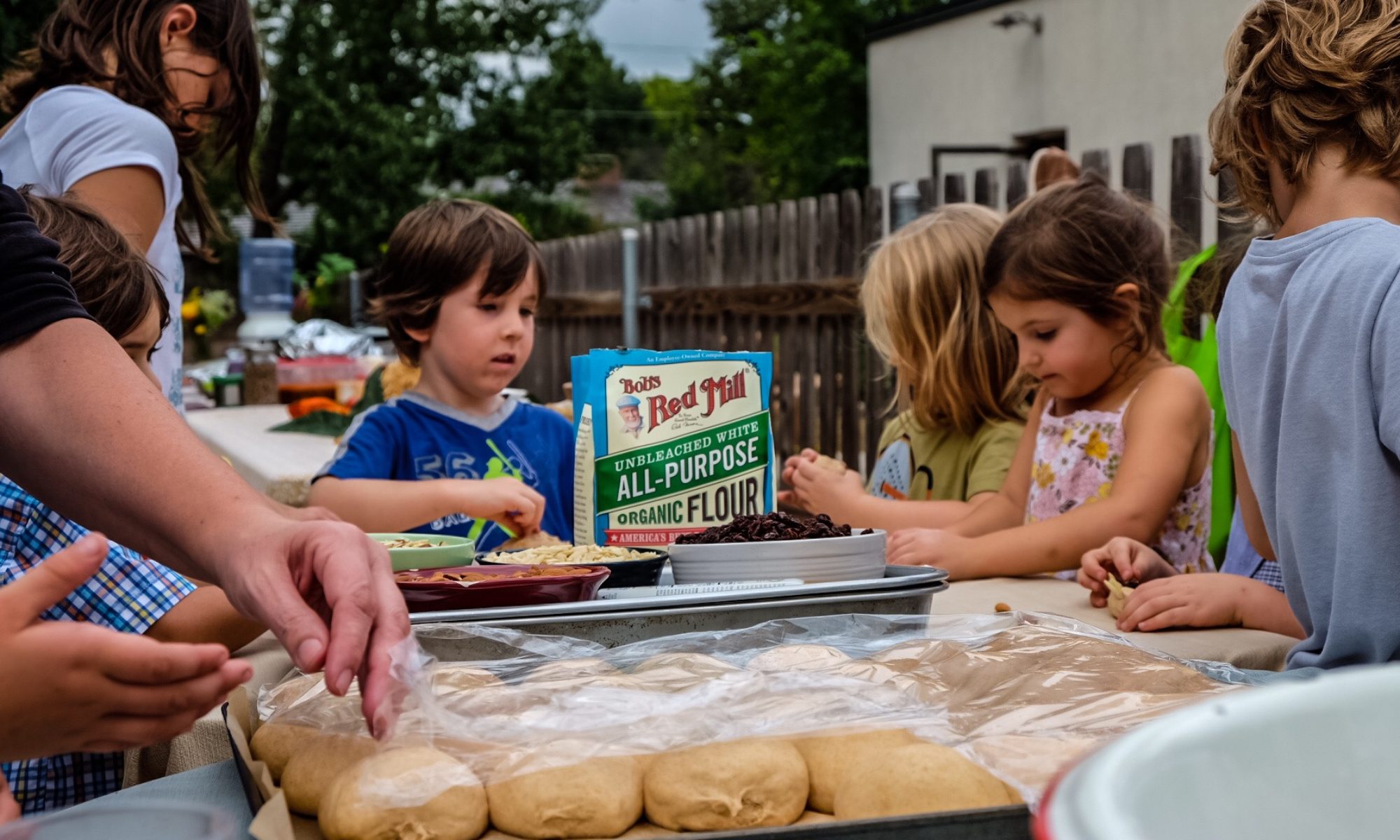Life throws us many curve balls. The specifics of the current situation aside, as adults, we come quickly to realize that our grand plans sometimes do not pan out as we originally intended. As a teenager, I already had deep respect for home life and motherhood. I desired to stay at home with my own children someday and planned accordingly as I moved through college and the beginnings of my career. When my first son was born, I quit teaching in a public school setting and moved into staying at home, but I almost immediately took up caring for other children and teaching yoga to afford the transition to one primary income. Then, just before our second son was born, it was accomplished. I became what I had always dreamed of– a “stay at home” mom.
In many ways I loved it. But, as destiny would have it, I became unsettled and began searching for something different in less than a year. Let me be very clear here, I did not say “searching for something more” because using this term undermines all that I value about home life and motherhood. I did not feel what I had was “not enough.” Yet, as much as I wanted the dream of staying at home to be for me, I knew in my heart that I needed, and was needed, for something different.
Fast forward nearly 10 years and I know exactly why those plans changed. You all know why those plans changed, too, as I have been here to care for and love your children. I bring this up, though, as an example of trusting the process. We don’t always know why our plans don’t work out, and those changes can lead to a gamut of emotions. It can be frustrating, bewildering, even infuriating. But trusting that there is a greater plan and reason has carried me along to where I am today, and created within me deep gratitude, confidence and sense of purpose.
It is not easy to participate in trusting the process of life, nor is it always easy to participate in being just where we are, but the two go hand-in-hand. I may not know or understand the greater “reason” why I am here, but I still infuse it with purpose when I wholly choose to be here now. And that has brought me richness and great joy.
This pandemic may not change your ultimate journey in terms of career choice, or it may. When this is “all over,” some of you may choose to try returning to the rhythms you had previously. Some of you may already be choosing to imagine how you could maintain being at home more often, through a four-day work week, or shorter hours. Some of you may have even discovered that you are choosing to stay at home in the coming years, and transition out of your career for a little while. The point is, you are free to do the choosing. And you can choose to be- really BE- where you are right now while we are all at home.
This is not an easy moment for any of us, but that does not mean it has to be unrewarding. We can push ourselves to trust this moment in the context of our lives. I have pushed myself to trust every uncomfortable and unsettled moment of my life through the last thirteen years of motherhood. As a reward, I have found the Good that was living in all of it. I wish this for all of you.
Butterfly Wand Craft
As I was searching for a tutorial for a butterfly craft, I happened upon the site of Natalie Trusler. It turns out that, years ago, she left a successful career to be at home with her five children. Now she teaches mothering arts and homemaking in addition to caring for them. She shares a lovely story about this on her website as well as an abundance of recipes, crafts and content. She provides a video tutorial for her butterfly wand craft that makes it easy for people at many skill levels. This wand will be a very sweet addition to your child’s collection of spring and summer toys.





